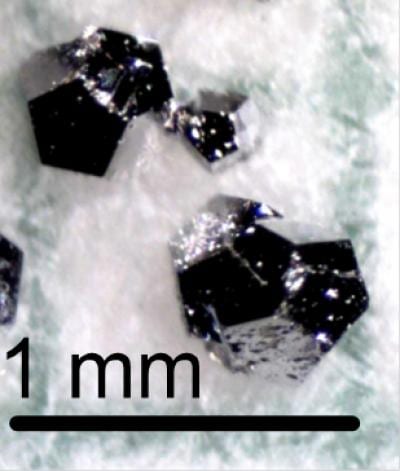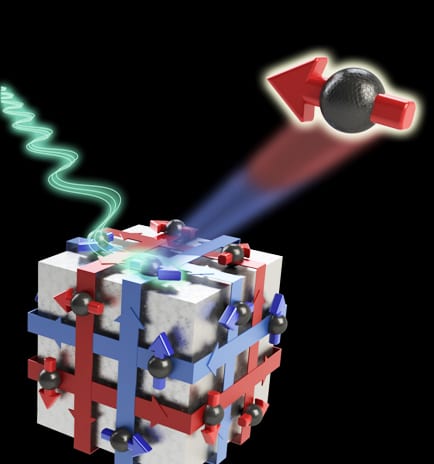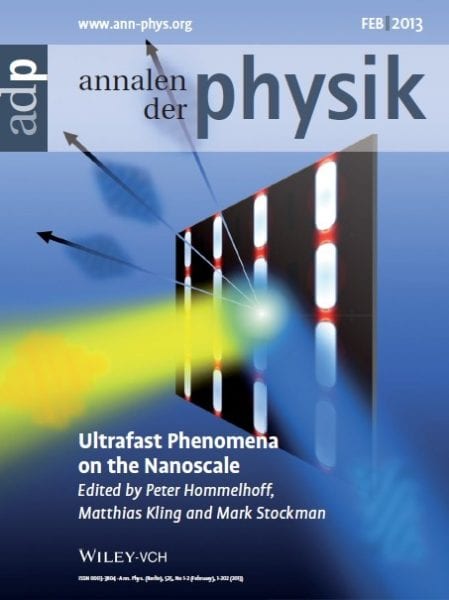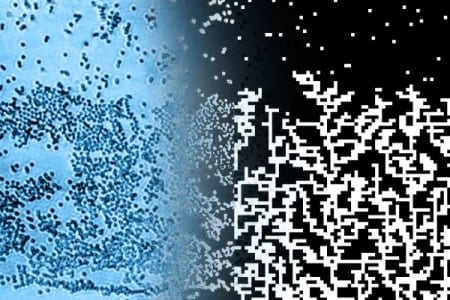A breakthrough in our understanding of the properties of titania – the basis of self-cleaning window technology – has been made by scientists at UCL.

New family of quasicrystals discovered
Rare-earth quasicrystals dicovered using an algorithm developed at the DOE’s Ames lab.

New small angle scattering methods boost molecular analysis
Berkeley Lab Researchers develop new metrics for X-ray and neutron analysis of flexible macromolecules.

Unexpected photoelectric behavior from topological insulators
Team find that when TIs are hit with a laser beam, the spin polarization of the electrons they emit can be completely controlled in three dimensions.
Zero-gravity dendrite formation to be studied aboard International Space Station
Latest space station delivery includes a set of experiments from Northwestern for studying crystal formation in space.

Ultrafast physics and ultrasmall nanotechnology
Ultrafast physics and nanoscale research are two emerging scientific fields that mate very well.

Creating coatings: the mathematics of surface deposition
Researchers investigating particle suspensions have discovered that different particles make smoother or rougher deposition profiles on the drop edge depending on their shape.
Charge detector for ion chromatography co-developed by UT Arlington and Thermo Fisher Scientific
University of Texas at Arlington and Thermo Fisher Scientific Inc. granted patent for jointly developed ion chromatography charge detector.
Best of both worlds: Hybrid approach sheds light on crystal structure solution
Researchers combine computational and experimental methods to understand the arrangement of atoms in solids.
Fourteen steps to DFT Nirvana
Density Functional Theory (DFT) is a versatile and powerful quantum mechanical modeling technique.










